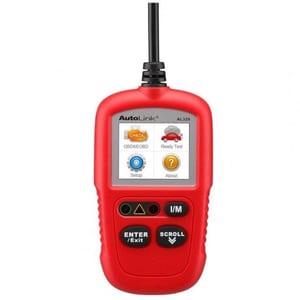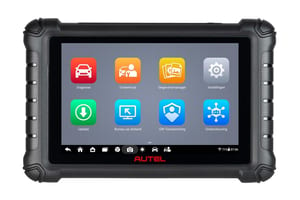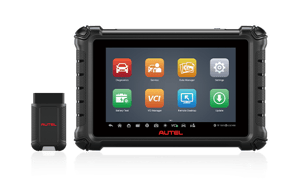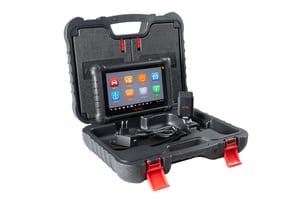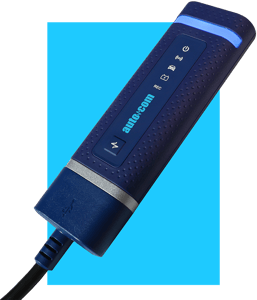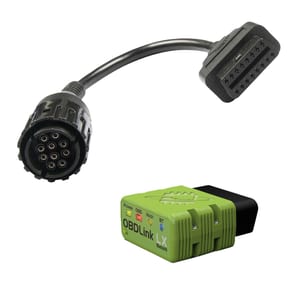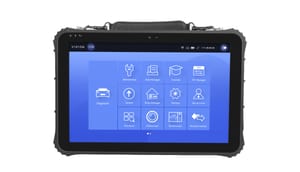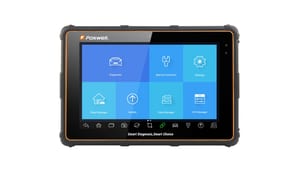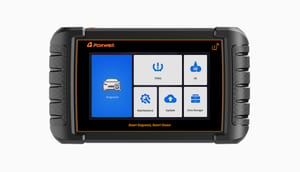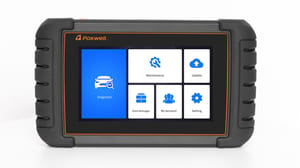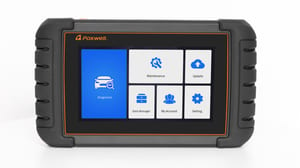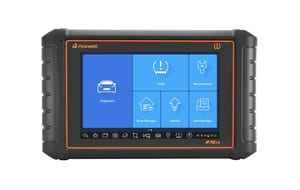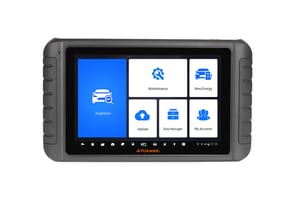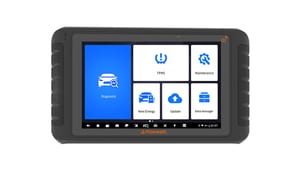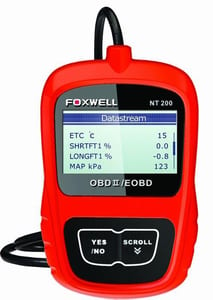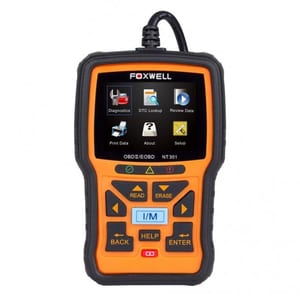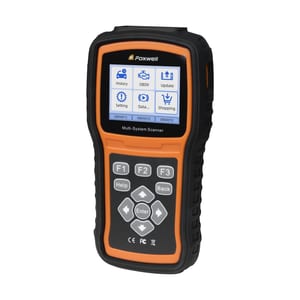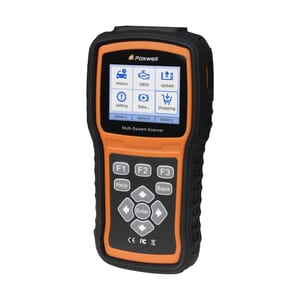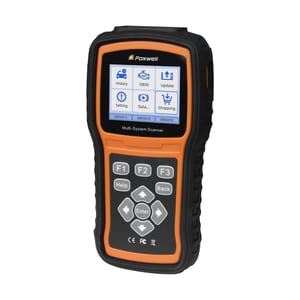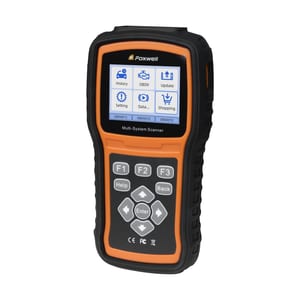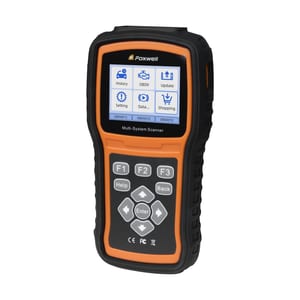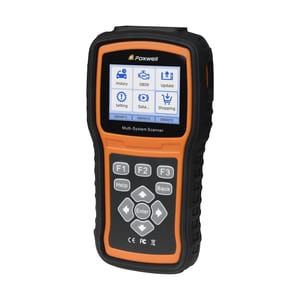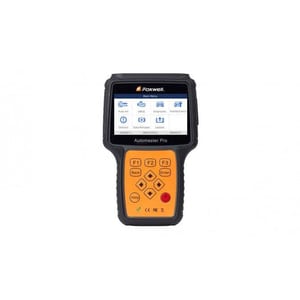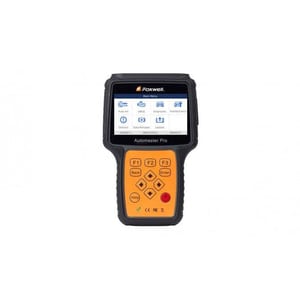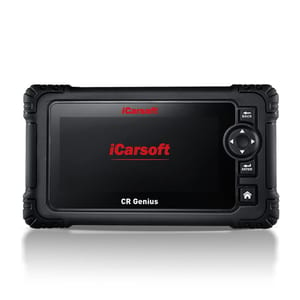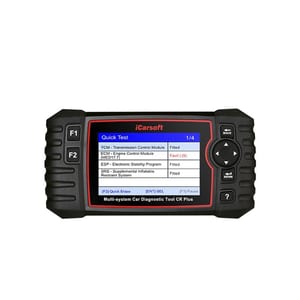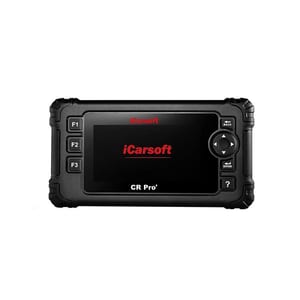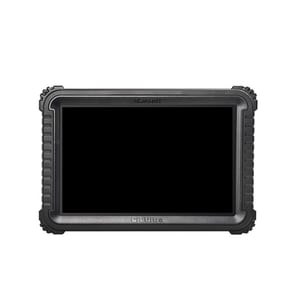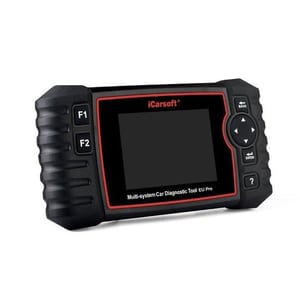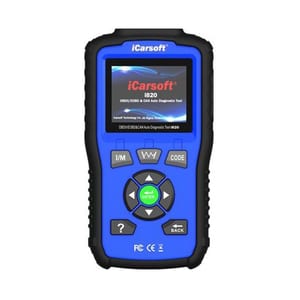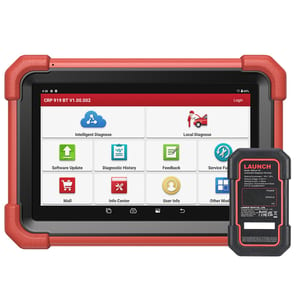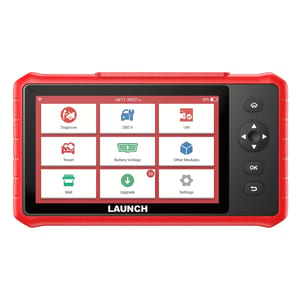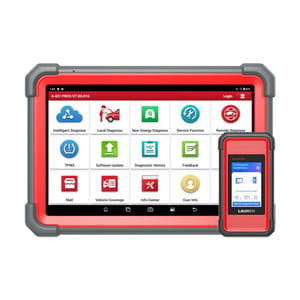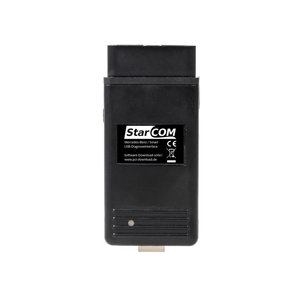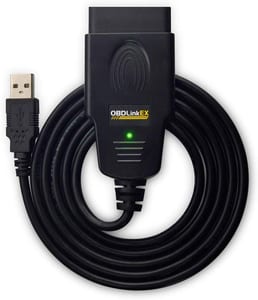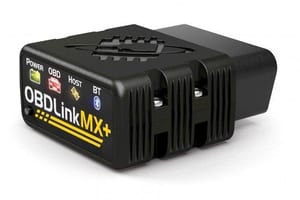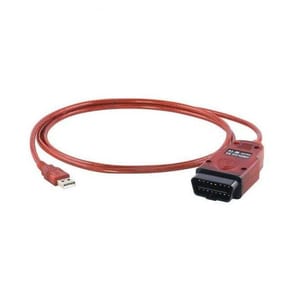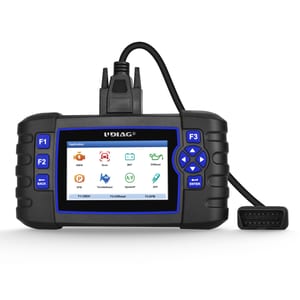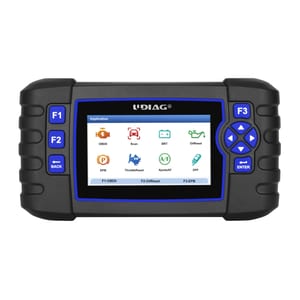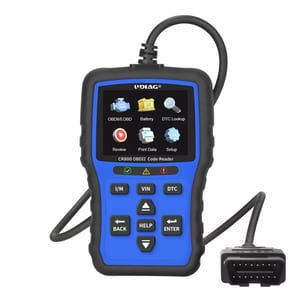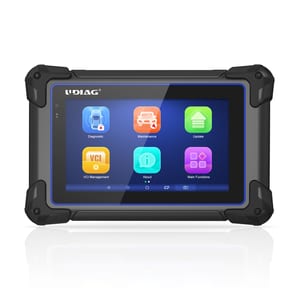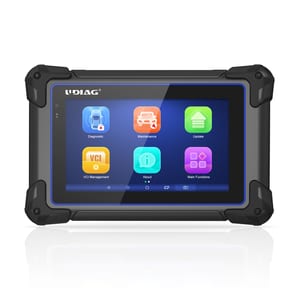Check Engine Light (MIL)
By keeping a close eye on your car's engine management light, or check engine light, you can avoid costly trips to the mechanic. Knowing how to diagnose and repair engine problems can save you time and money and keep your car running smoothly for years to come.
We have OBD2 and EOBD devices for every brand and type to keep your car in tip-top condition and to detect and erase errors. Clearing errors will turn off the check engine light (MIL/malfunction indicator light).
Check the vehicle's computer system
Before attempting to repair an check engine light problem, it is important to use an OBD2 scanner to check the car's computer system for any diagnostic trouble codes (DTCs). These codes provide information about the problem and can point you in the right direction for a solution. Once you've identified the trouble codes, you can begin checking for other possible causes of failures, such as faulty wiring or misadjusted sensors.
Verify that the OBD codes are correct
After using an OBD2 scanner to retrieve the DTCs, it is important to verify that these codes actually indicate a problem with your engine management. Some problems can be caused by other components of your car's computer system, so verifying the correct diagnosis is essential. To do this, you can visually inspect all relevant components and make sure they are properly connected and working. This will help before you begin any repairs. In addition, you can use the OBD2 scanner to read live data from your car's computer system. This allows you to compare the current readings with the manufacturer's specifications and determine whether there is a problem with a particular component or system.
Identify misfires, poor air-fuel ratios and injector problems
After verifying the codes, use a digital multimeter to test each component. Focusing on potential misfires, poor air-fuel ratios, and injector issues is especially important, as all of these can contribute to an check engine light coming on. By carefully checking the fuel pressure, ignition coils, oxygen sensors and spark plugs, you can pinpoint exactly where the problem is so that you can successfully repair your car.

